Neutral colors are a classic and timeless choice for any living room. They provide a versatile backdrop for any design style and allow you to easily switch up your decor without having to worry about clashing colors. Some popular neutral colors for living rooms include beige, ivory, gray, and taupe. These colors create a calming and serene atmosphere, making them perfect for relaxation and socializing. They also work well with both warm and cool accents, making it easy to incorporate pops of color into your living room. Whether you prefer a modern or traditional aesthetic, neutral colors provide a solid foundation for any design direction.Neutral Colors for Living Room
If you're looking to add some personality to your living room, choosing the right paint color is key. The best paint colors for living rooms are those that reflect your personal style and create the mood you want for the space. Light blues, greens, and yellows are great for creating a bright and cheerful atmosphere, while rich reds, deep purples, and moody grays can add drama and sophistication. When selecting a paint color, consider the size and natural lighting of your living room. Lighter colors can make a small room feel larger, while darker colors can make a large room feel more intimate. You can also use paint to highlight architectural features or create an accent wall to add interest to your living room.Best Paint Colors for Living Room
For those who want a cohesive and put-together look, popular living room color schemes are a great guide. These color combinations have been tried and tested to create a well-balanced and harmonious living room. Some popular color schemes include gray and yellow, blue and white, and green and tan. When choosing a color scheme, it's important to consider the overall aesthetic you want for your living room. Do you want a cozy and inviting space or a more modern and sleek look? Once you have a clear vision, you can use the color scheme as a guide for choosing furniture, decor, and accents that complement each other.Popular Living Room Color Schemes
Warm colors are those that have a red or yellow undertone, making them perfect for creating a cozy and inviting atmosphere in your living room. These colors can include reds, oranges, yellows, and browns. They work well in rooms with less natural light, as they can make the space feel brighter and warmer. When using warm colors, it's important to balance them out with neutral tones to prevent the room from feeling too overwhelming. You can also use warm colors strategically, such as on an accent wall or through decor and accessories, to add depth and interest to your living room.Warm Colors for Living Room
Cool colors have a blue or green undertone, creating a calming and refreshing atmosphere in your living room. These colors include blues, greens, purples, and grays. They work well in rooms with lots of natural light, as they can create a soothing and airy feel. Cool colors can also be used to make a statement in your living room, such as a bold blue sofa or a vibrant green rug. They can also be paired with warm colors to create a balanced and inviting space. When using cool colors, it's important to consider the undertones and choose shades that complement each other.Cool Colors for Living Room
If you're feeling overwhelmed by all the color options for your living room, here are some ideas to get you started: - Monochromatic: Stick to different shades of one color for a cohesive and sophisticated look. - Contrasting colors: Choose two colors that are opposite on the color wheel, such as blue and orange, for a bold and eye-catching living room. - Nature-inspired: Draw inspiration from the colors found in nature, such as deep greens, warm browns, and earthy tones, for a calming and organic living room. - Neutral with pops of color: Keep the majority of your living room neutral and add pops of color through accents, such as pillows, rugs, and artwork.Living Room Color Ideas
When it comes to choosing the right color for your living room, it's important to consider your personal style, the size and natural lighting of the room, and the overall mood you want to create. Don't be afraid to experiment with different color combinations and see what works best for your space. You can also take inspiration from your existing furniture and decor in the room. If you have a statement piece, such as a colorful painting or a vibrant rug, you can use that as a starting point for choosing a color scheme.Choosing the Right Color for Your Living Room
Color trends are constantly evolving, but some timeless and popular choices for living rooms include navy blue, emerald green, and blush pink. These colors can add depth and personality to your living room while still being versatile enough to work with different design styles. It's also worth considering the overall color trends in your home. If you want a cohesive look, you can choose colors that complement the colors in other rooms, creating a sense of flow and unity throughout your space.Living Room Color Trends
When incorporating color into your living room, it's important to strike a balance. Too much color can be overwhelming, while too little can make the space feel bland and uninviting. Here are some tips on how to use color effectively in your living room: - Use color in your furniture: A colorful sofa or accent chairs can add a pop of color without overwhelming the space. - Mix and match patterns: Don't be afraid to mix different patterns and textures in your living room, such as a striped rug with a floral print pillow. - Use the 60-30-10 rule: This rule suggests using 60% of one dominant color, 30% of a secondary color, and 10% of an accent color for a well-balanced and cohesive look. - Incorporate natural elements: Plants, wood, and natural materials can add color and texture to your living room while creating a calming and organic feel.How to Use Color in Your Living Room
No matter what color scheme you choose, the most important thing is to create a cozy and comfortable living room. You can achieve this by incorporating soft textures, warm lighting, and comfortable seating. Don't be afraid to layer different colors and textures to create a welcoming and inviting space. Ultimately, the best color for your living room is one that reflects your personal style and makes you feel happy and at home. With these tips and ideas, you can create a living room that is both visually appealing and comfortable for you and your guests.Creating a Cozy Living Room with Color
The Importance of Choosing the Right Colour for Your Living Room

Creating the Perfect Space for Relaxation and Entertainment
 The living room is often considered the heart of a home. It is a place where we spend quality time with our loved ones, entertain guests, and relax after a long day. Therefore, it is essential to create a comfortable and inviting atmosphere in this space. One of the most important aspects of designing a living room is choosing the
suitable colour
for the walls, furniture, and decor. The right colour can make all the difference in creating a beautiful and functional living room.
The living room is often considered the heart of a home. It is a place where we spend quality time with our loved ones, entertain guests, and relax after a long day. Therefore, it is essential to create a comfortable and inviting atmosphere in this space. One of the most important aspects of designing a living room is choosing the
suitable colour
for the walls, furniture, and decor. The right colour can make all the difference in creating a beautiful and functional living room.
The Impact of Colour on Mood and Emotions
 Colour has a significant impact on our mood and emotions. It can evoke feelings of warmth, happiness, calmness, or even sadness. When choosing a colour for your living room, it is important to consider the overall
ambience
you want to create. If you want a peaceful and relaxing space, opt for cool colours such as blue, green, or purple. These colours have a calming effect and can help reduce stress and anxiety. On the other hand, if you want a vibrant and energetic living room, warm colours like red, orange, or yellow are the way to go. These colours can promote feelings of happiness and excitement.
Colour has a significant impact on our mood and emotions. It can evoke feelings of warmth, happiness, calmness, or even sadness. When choosing a colour for your living room, it is important to consider the overall
ambience
you want to create. If you want a peaceful and relaxing space, opt for cool colours such as blue, green, or purple. These colours have a calming effect and can help reduce stress and anxiety. On the other hand, if you want a vibrant and energetic living room, warm colours like red, orange, or yellow are the way to go. These colours can promote feelings of happiness and excitement.
Choosing the Right Colour Scheme
 When it comes to choosing the
suitable colour
for your living room, it is important to consider the overall
colour scheme
of your home. The living room should complement the rest of your house, creating a cohesive and harmonious flow. If your home has a neutral colour scheme, you can add pops of colour in your living room to create interest and character. However, if your home already has a lot of colour, it is best to stick to a more neutral tone for your living room to avoid overwhelming the space.
When it comes to choosing the
suitable colour
for your living room, it is important to consider the overall
colour scheme
of your home. The living room should complement the rest of your house, creating a cohesive and harmonious flow. If your home has a neutral colour scheme, you can add pops of colour in your living room to create interest and character. However, if your home already has a lot of colour, it is best to stick to a more neutral tone for your living room to avoid overwhelming the space.
Consider the Size and Natural Light
 The size and natural light of your living room should also be taken into consideration when choosing a colour. Dark colours tend to make a room feel smaller and more enclosed, while light colours can make a space feel more open and spacious. If your living room is on the smaller side, opt for light and airy colours like white, beige, or light grey to create the illusion of a larger space. If your living room has a lot of natural light, you can experiment with darker colours for a more dramatic effect.
The size and natural light of your living room should also be taken into consideration when choosing a colour. Dark colours tend to make a room feel smaller and more enclosed, while light colours can make a space feel more open and spacious. If your living room is on the smaller side, opt for light and airy colours like white, beige, or light grey to create the illusion of a larger space. If your living room has a lot of natural light, you can experiment with darker colours for a more dramatic effect.
The Power of Accent Colours
 Incorporating
accent colours
into your living room can add depth and interest to the space. These are small pops of colour that can be added through throw pillows, curtains, rugs, or artwork. Choosing an accent colour that complements the main colour scheme of your living room can tie the whole room together and create a cohesive look.
Incorporating
accent colours
into your living room can add depth and interest to the space. These are small pops of colour that can be added through throw pillows, curtains, rugs, or artwork. Choosing an accent colour that complements the main colour scheme of your living room can tie the whole room together and create a cohesive look.
Conclusion
 In conclusion, choosing the right colour for your living room is crucial in creating a comfortable and inviting space. It can have a significant impact on our mood and emotions, so it is essential to carefully consider the overall
ambience
you want to create. By considering the size and natural light of your living room, as well as incorporating accent colours, you can create a beautiful and functional living room that reflects your personal style and enhances your overall home design. So, take your time and choose the
suitable colour
that speaks to you and creates the perfect space for relaxation and entertainment.
In conclusion, choosing the right colour for your living room is crucial in creating a comfortable and inviting space. It can have a significant impact on our mood and emotions, so it is essential to carefully consider the overall
ambience
you want to create. By considering the size and natural light of your living room, as well as incorporating accent colours, you can create a beautiful and functional living room that reflects your personal style and enhances your overall home design. So, take your time and choose the
suitable colour
that speaks to you and creates the perfect space for relaxation and entertainment.



/Neutrallivingroom-GettyImages-568518365-5a6260a87d4be80036ac6b0c.jpg)




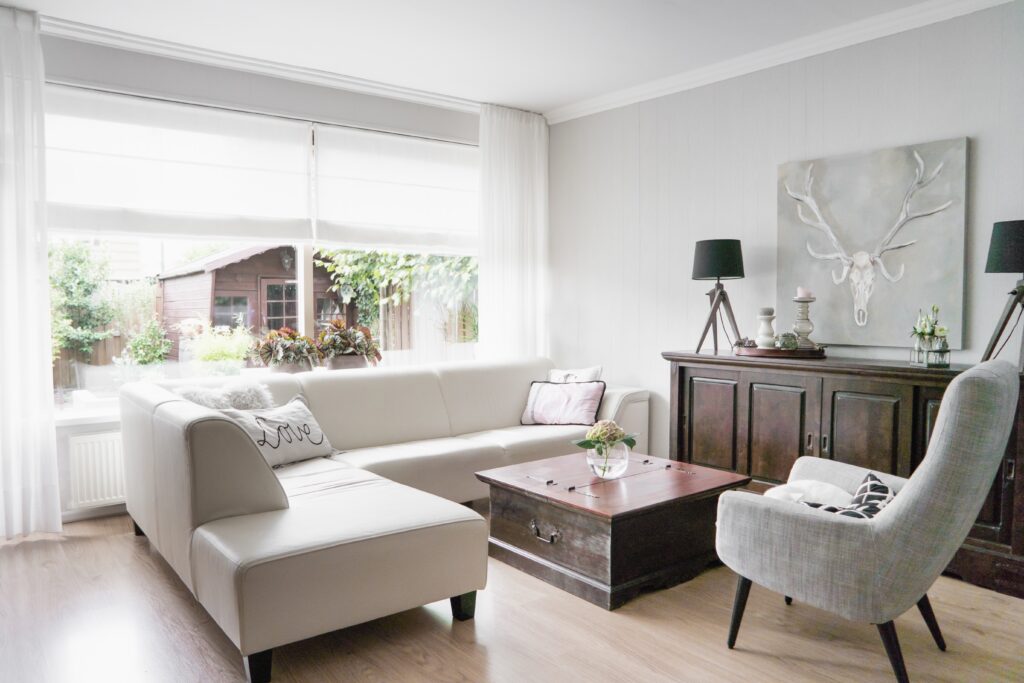







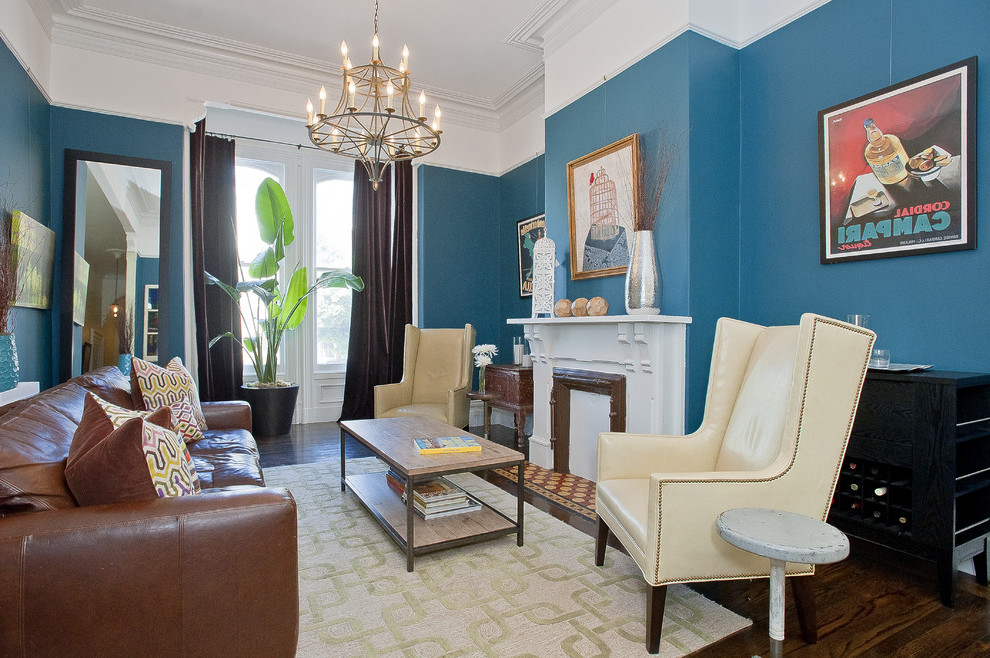

/StraightOn-055_HERO_8BIT_WEB-5c71d4b5c9e77c000149e4ea.jpg)























/Homedecorwarmcolors-GettyImages-640896866-596fcc88af5d3a00110c5931.jpg)








:max_bytes(150000):strip_icc()/Litchfield_BeresfordHill_025-5b89787fc9e77c00258aa53c.jpg)
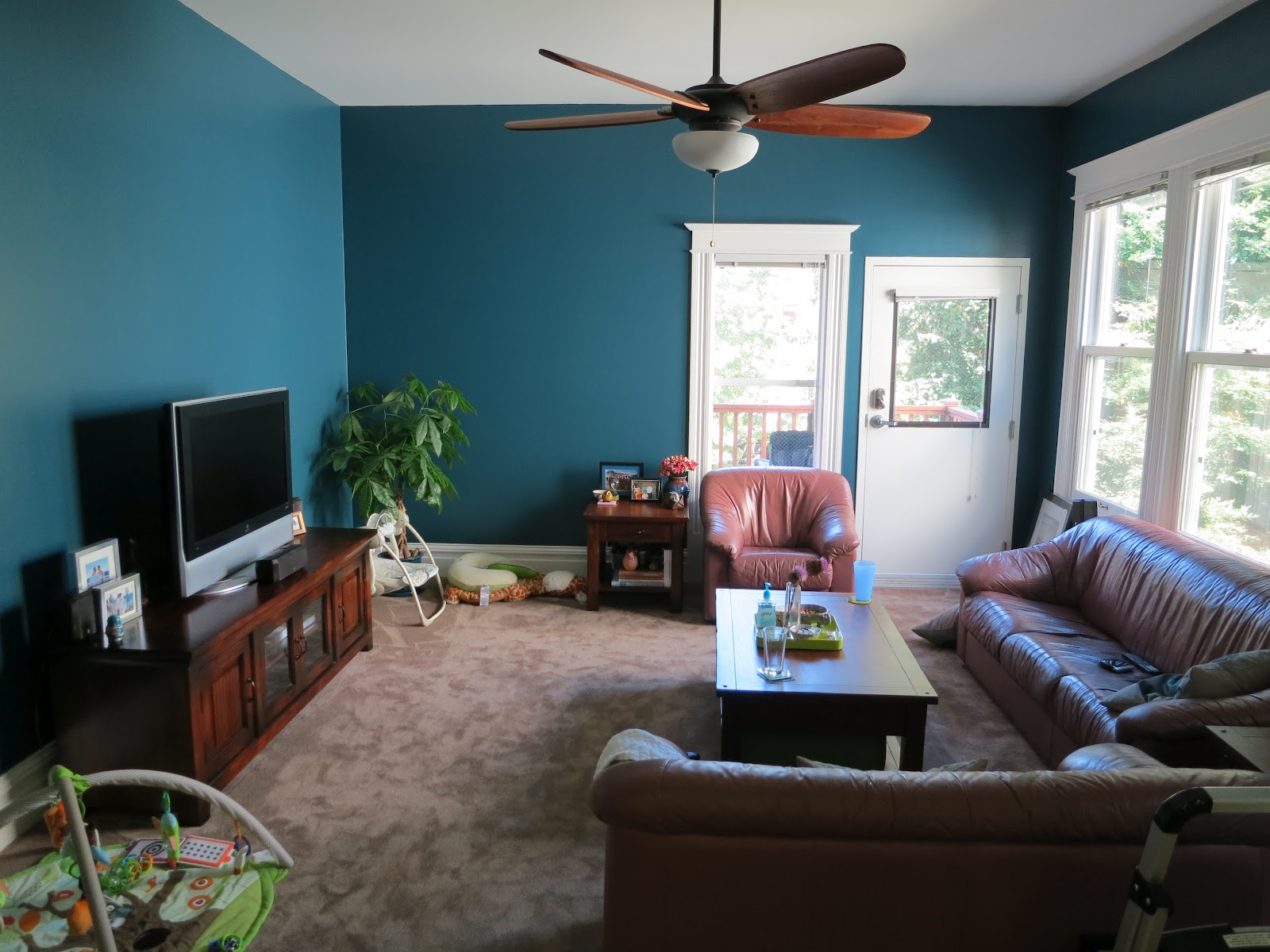



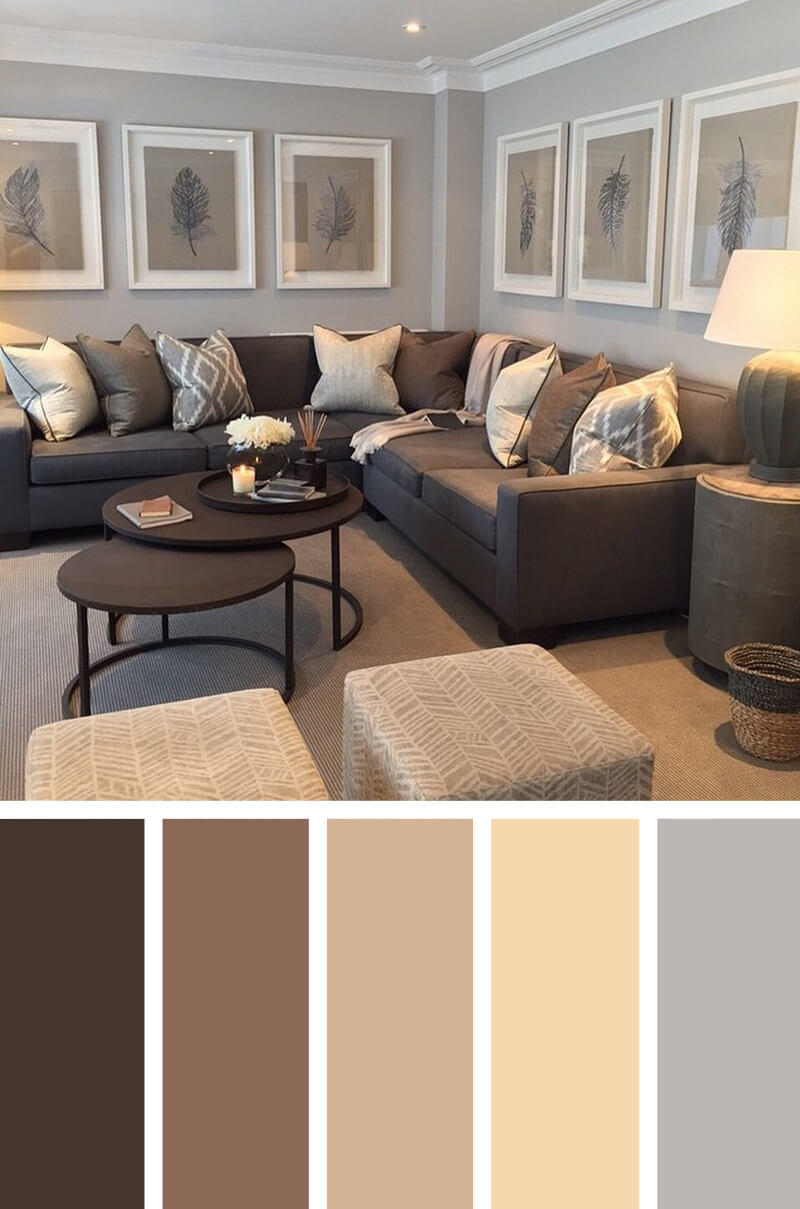
/169789002-58a723d63df78c345b930ec6.jpg)
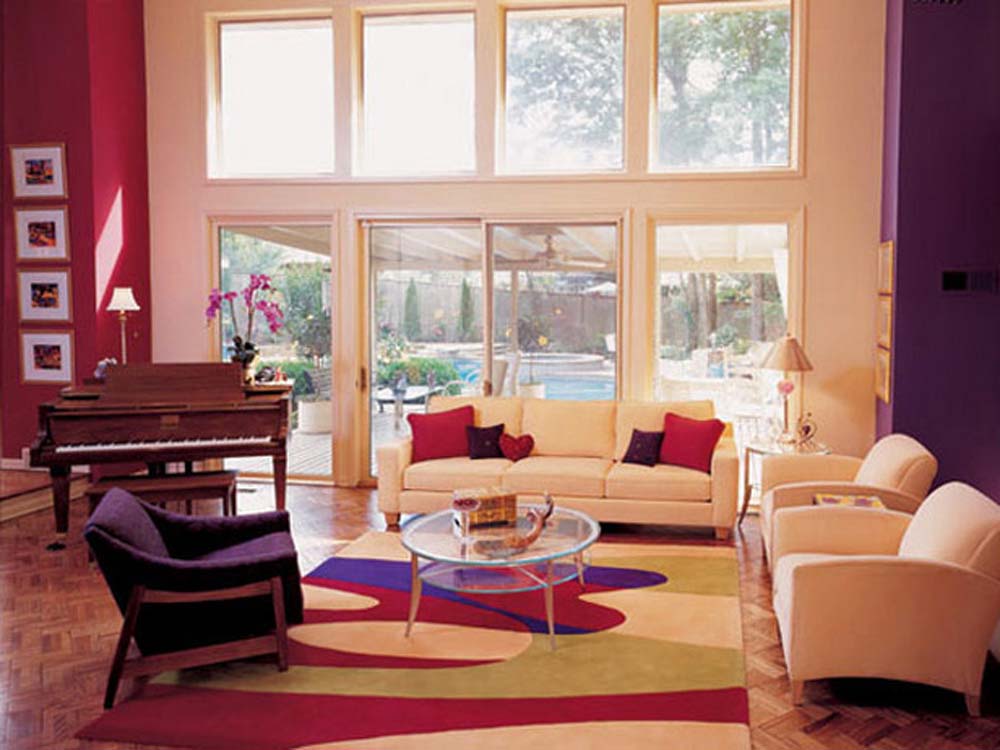
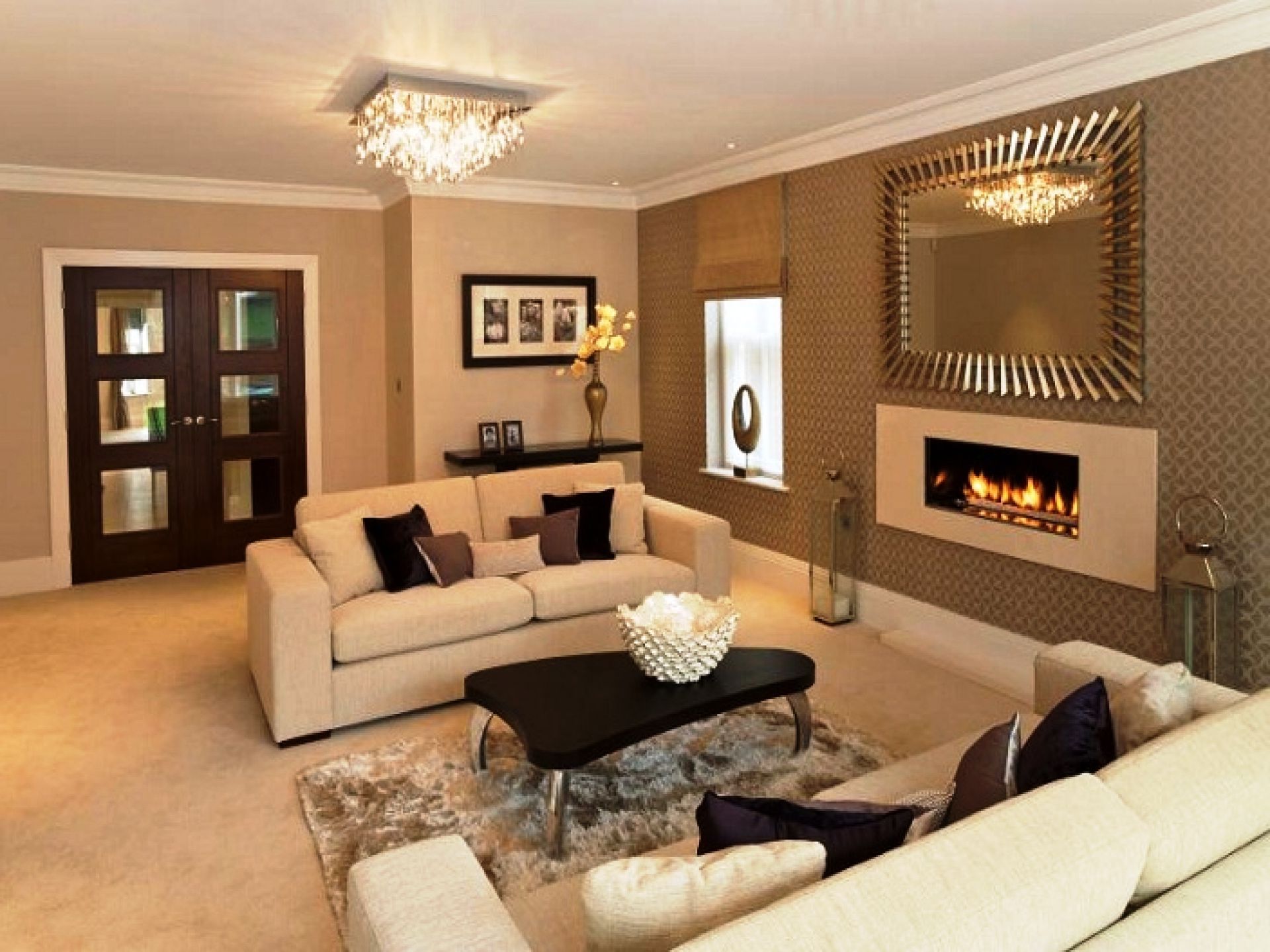























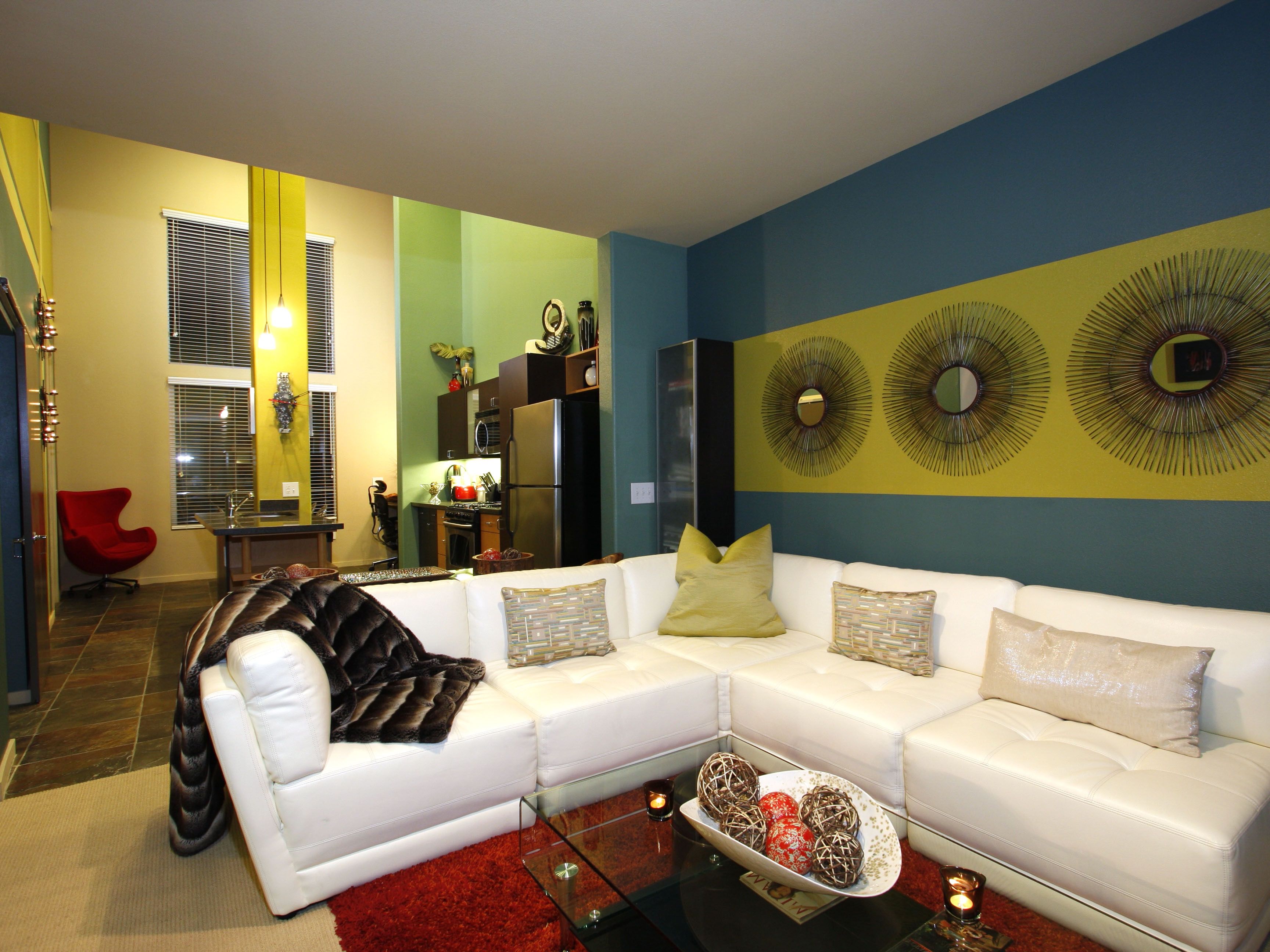





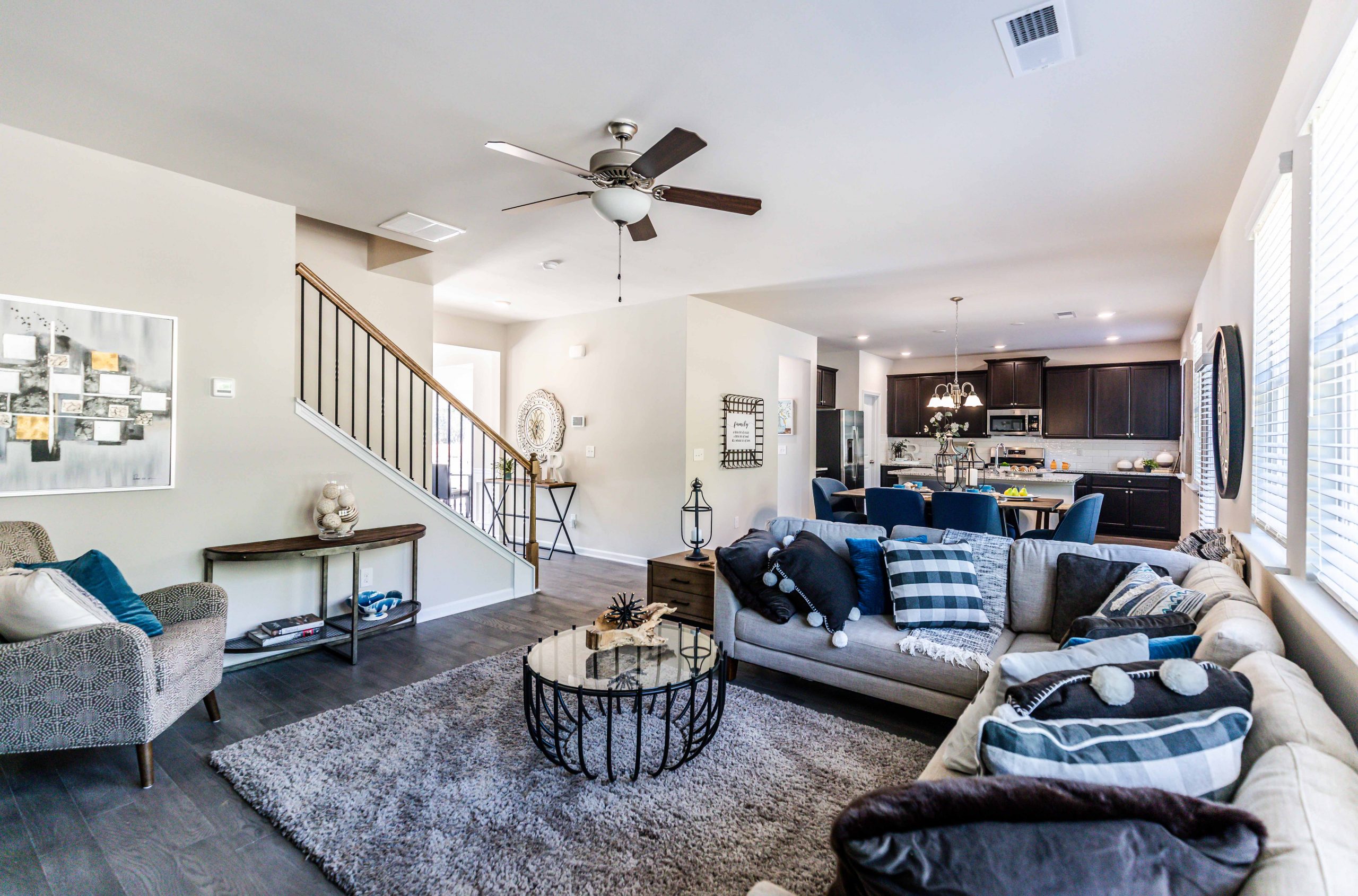




:max_bytes(150000):strip_icc()/orestudios_lonemadrone_05-0294eeaf854c4d8ebf34d13990996973.jpg)
/Cozy-living-room-with-vaulted-ceiling-589fb14d3df78c4758a5523e.png)






